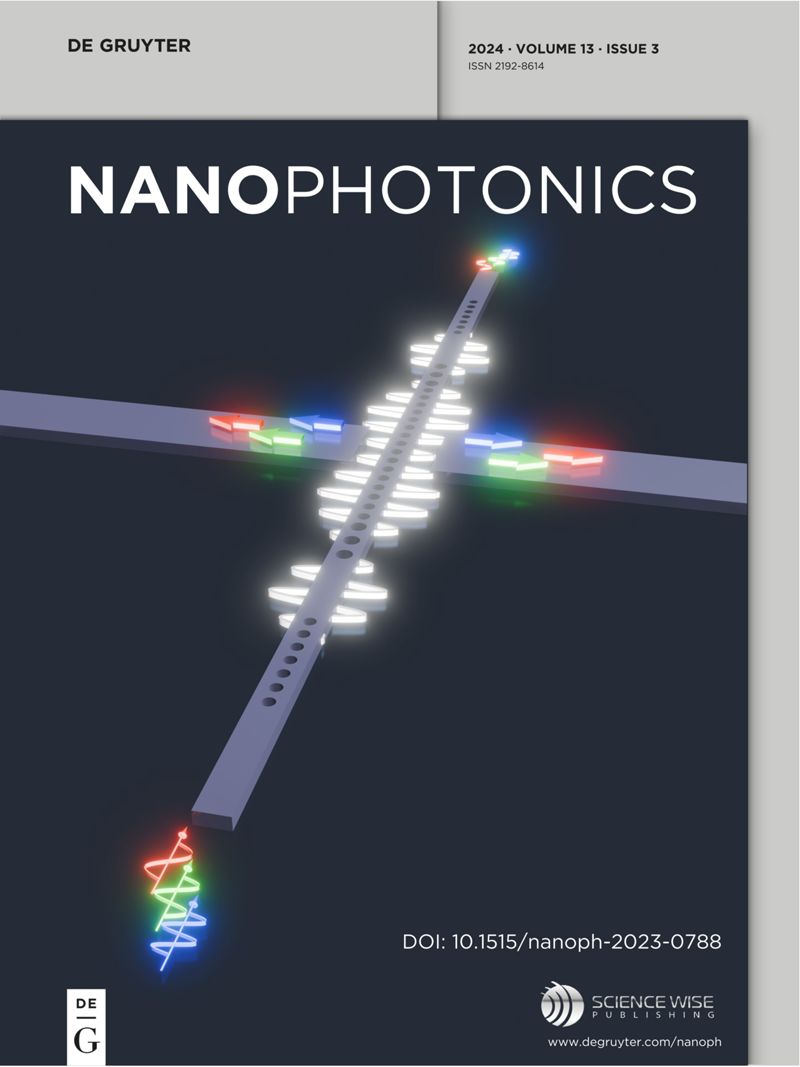Experimental analysis of the thermal management and internal quantum efficiency of terahertz quantum cascade laser harmonic frequency combs
IF 6.6
2区 物理与天体物理
Q1 MATERIALS SCIENCE, MULTIDISCIPLINARY
引用次数: 0
Abstract
Quantum cascade laser (QCL) harmonic state frequency combs (HFCs) have recently attracted considerable interest for applications ranging from the generation of tones of high spectral purity, high data rate wireless communication networks, radiofrequency arbitrary waveform synthesis, and for fundamental light-matter investigations in quantum physics. However, a detailed knowledge of the nature of the electronic and thermal energy distribution in these devices is of paramount importance for the refinement of their thermal management and quantum efficiency, which are key to the widespread adoption of QCL HFC technology in a new generation of integrated optical quantum platforms. Here, we perform a comparative study of the thermal and electronic properties of Fabry–Perot and micro-ring HFC QCLs, operating in the terahertz frequency range, using micro-probe band-to-band photoluminescence. By monitoring the lattice temperature and the electron cooling above the threshold for stimulated emission, we extract the device thermal resistances and the internal quantum efficiencies, highlighting the key role of the resonator architecture.太赫兹量子级联激光谐波频率梳的热管理和内部量子效率实验分析
量子级联激光(QCL)谐波态频率梳(hfc)最近引起了人们对高光谱纯度音调的产生、高数据速率无线通信网络、射频任意波形合成以及量子物理中基本光物质研究等应用的极大兴趣。然而,详细了解这些器件中电子和热能分布的性质对于改进其热管理和量子效率至关重要,这是在新一代集成光量子平台中广泛采用QCL HFC技术的关键。在这里,我们使用微探针带对带光致发光技术,对工作在太赫兹频率范围内的Fabry-Perot和微环HFC qcl的热学和电子特性进行了比较研究。通过监测晶格温度和电子冷却超过受激发射阈值,我们提取了器件的热阻和内部量子效率,突出了谐振腔结构的关键作用。
本文章由计算机程序翻译,如有差异,请以英文原文为准。
求助全文
约1分钟内获得全文
求助全文
来源期刊

Nanophotonics
NANOSCIENCE & NANOTECHNOLOGY-MATERIALS SCIENCE, MULTIDISCIPLINARY
CiteScore
13.50
自引率
6.70%
发文量
358
审稿时长
7 weeks
期刊介绍:
Nanophotonics, published in collaboration with Sciencewise, is a prestigious journal that showcases recent international research results, notable advancements in the field, and innovative applications. It is regarded as one of the leading publications in the realm of nanophotonics and encompasses a range of article types including research articles, selectively invited reviews, letters, and perspectives.
The journal specifically delves into the study of photon interaction with nano-structures, such as carbon nano-tubes, nano metal particles, nano crystals, semiconductor nano dots, photonic crystals, tissue, and DNA. It offers comprehensive coverage of the most up-to-date discoveries, making it an essential resource for physicists, engineers, and material scientists.
 求助内容:
求助内容: 应助结果提醒方式:
应助结果提醒方式:


